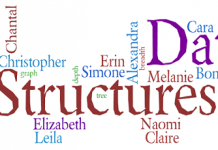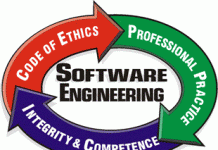Dear Aspirants,
Welcome to the Professional Knowledge Section in Affairscloud.com. Here we are providing sample questions in DBMS. It will be useful for the IBPS SO IT officer and SBI Assistant Manager(System). We have also included some important questions that are repeatedly asked in previous exams.
- Rows of a relation are called ________
(A) entity
(B) degree
(C) tuples
(D) None of the above(C) tuples - The number of tuples in a relation is termed as ______
(A) cardinality
(B) entity
(C) column
(D) None of the above(A) cardinality - In SQL, Which of the following is a Data Manipulation Language(DML) command?
(A) create
(B) alter
(C) merge
(D) drop(C) merge - ….. is a top-down approach in which one higher level entity can be divided into two lower level entities.
(A) Aggregation
(B) Specialization
(C) Generalization
(D) None of the above(B) Specialization - Which of the following is not a type of database?
(A) Hierarchical
(B) Relational
(C) Network
(D) Transition(D) Transition - In a relational database, each tuple is divided into fields called_______
(A) Relations
(B) Domains
(C) Queries
(D) None of the above(B) Domains - In E-R Diagram, attribute is represented by…….
(A) Rectangle
(B) Square
(C) Double Rectangle
(D) eclipse(D) eclipse - In SQL, TCL stands for______
(A) Transmission Control Language
(B) Transaction Central Language
(C) Ternary Control Language
(D) Transaction Control Language(D) Transaction Control Language - Which of the following is a part of the Oracle database system?
(A) Free lists
(B) Front end
(C) Network
(D) None of the above(B) Front end - Which of the following is used with database?
(A) ATM
(B) Payment gateway
(C) Data Mining
(D) None of the above(C) Data Mining
AffairsCloud Recommends Oliveboard Mock Test
AffairsCloud Ebook - Support Us to Grow
Govt Jobs by Category
Bank Jobs Notification




